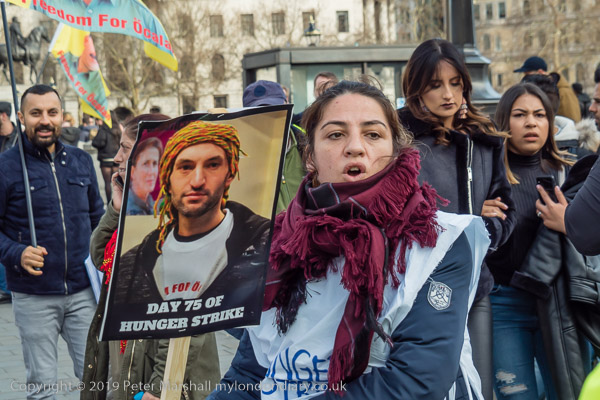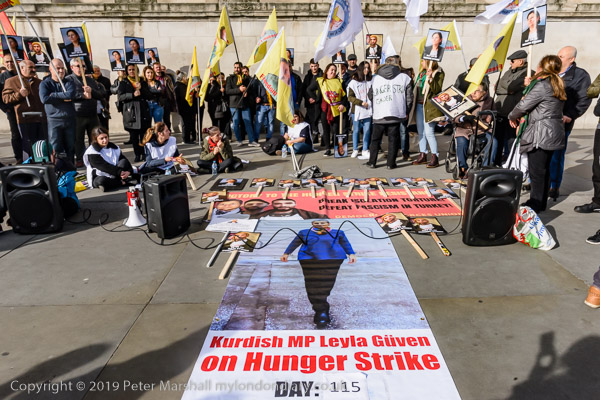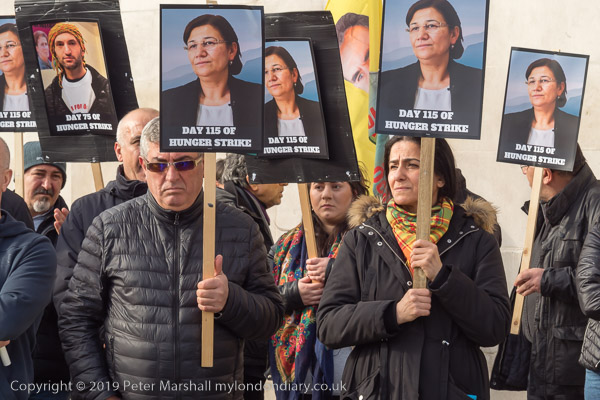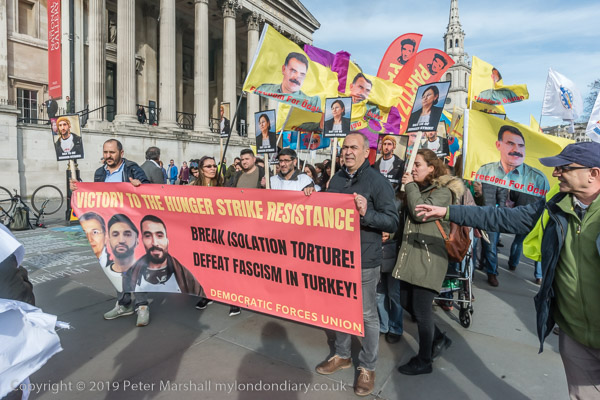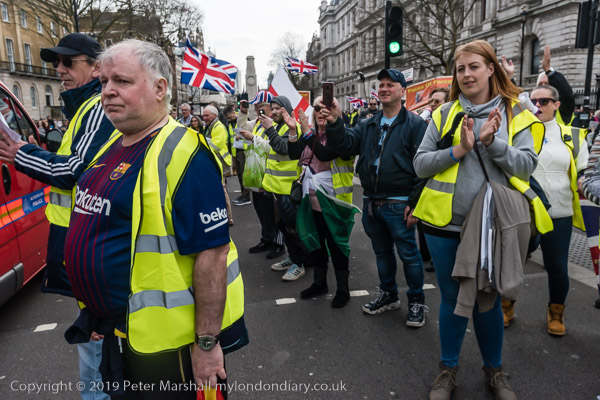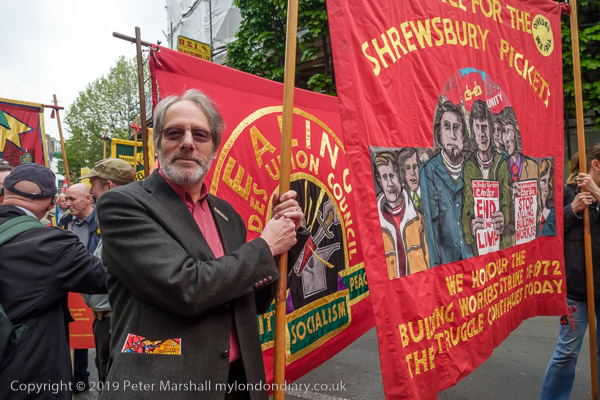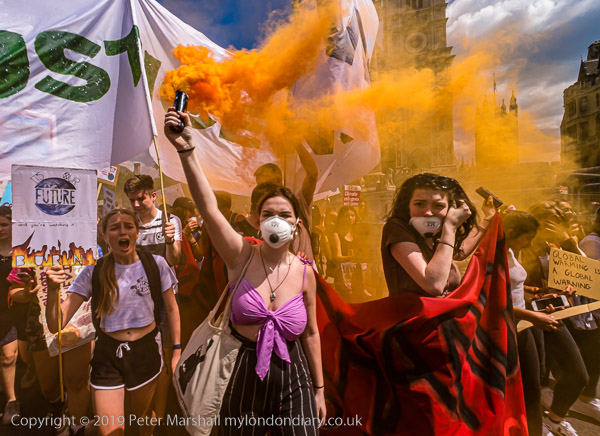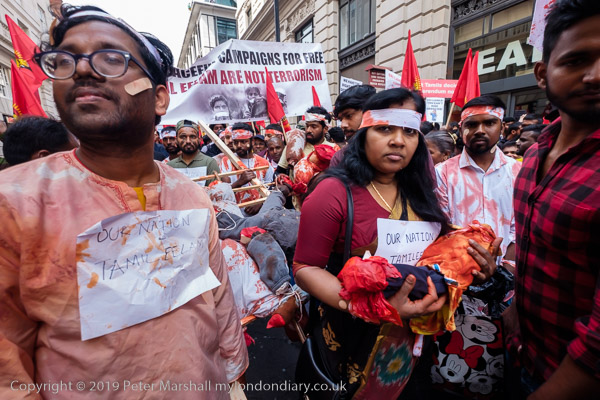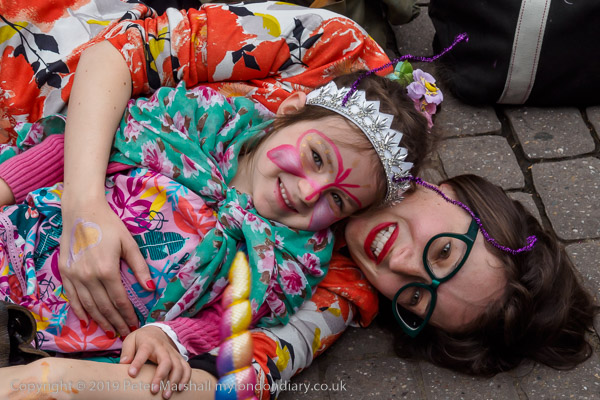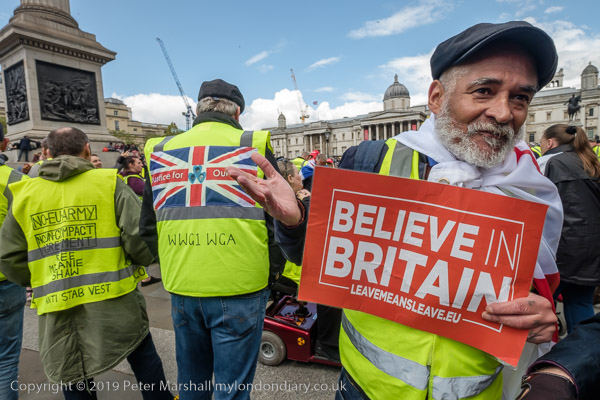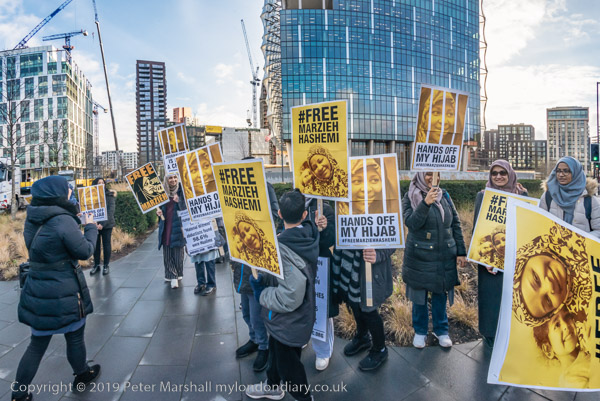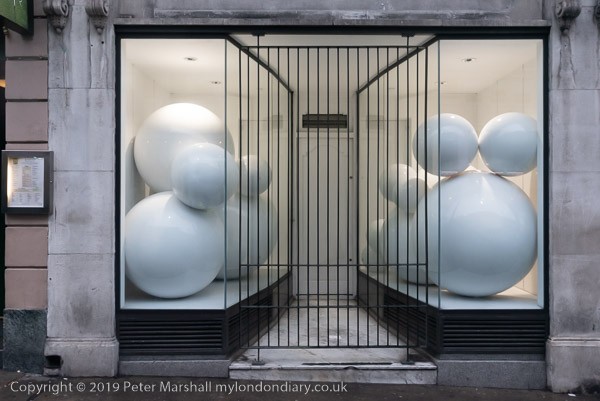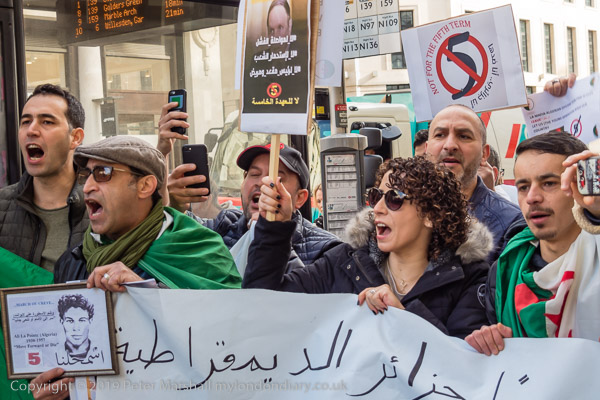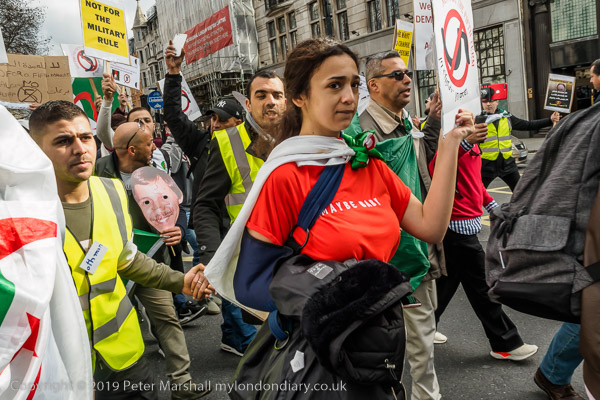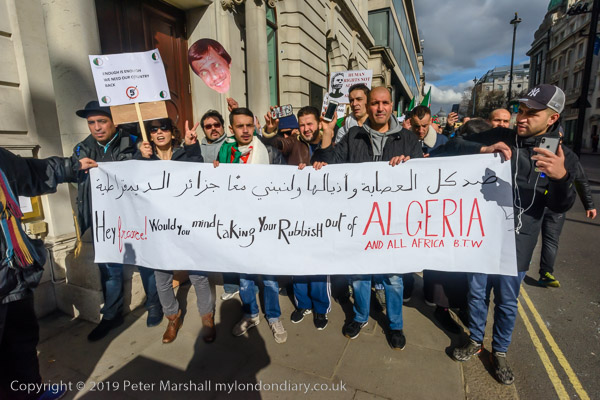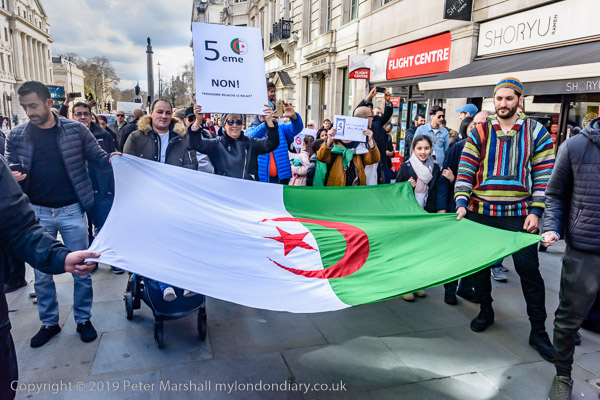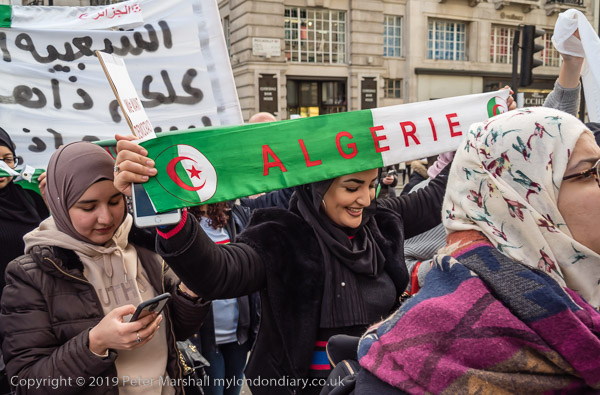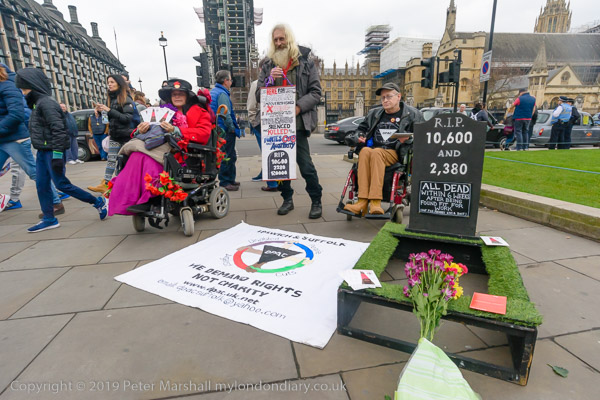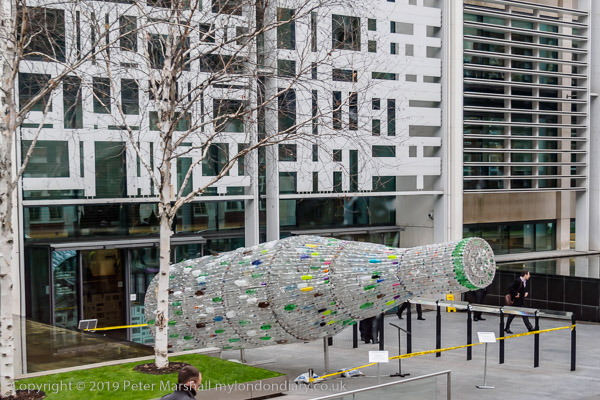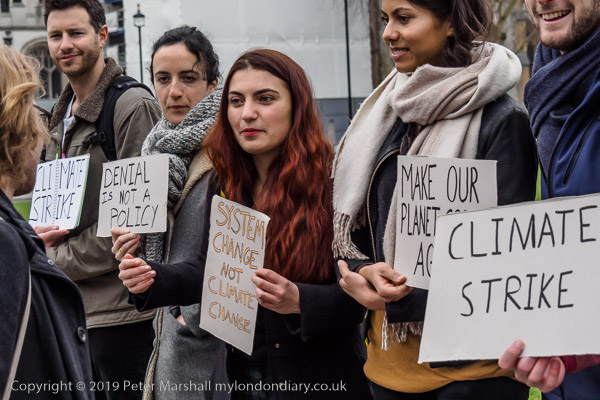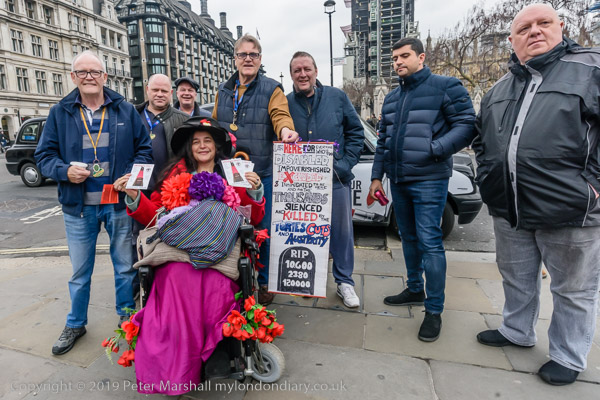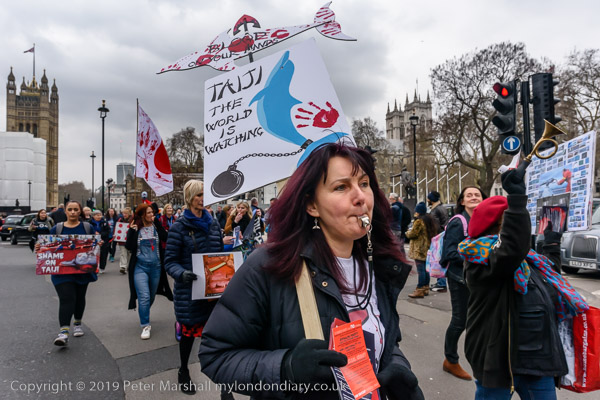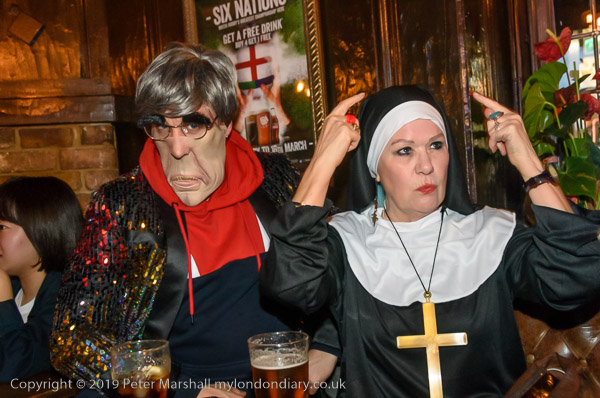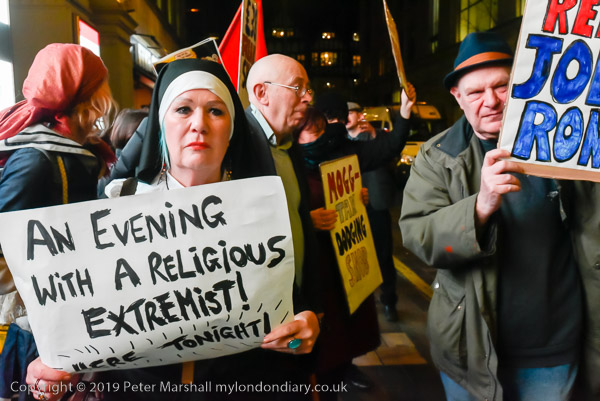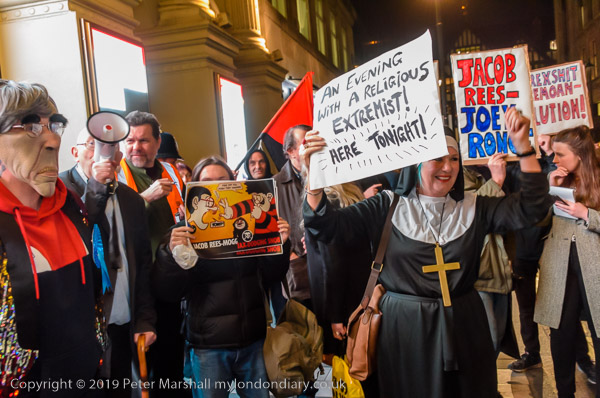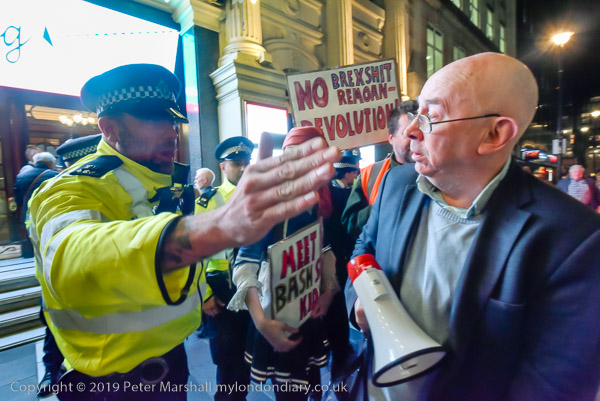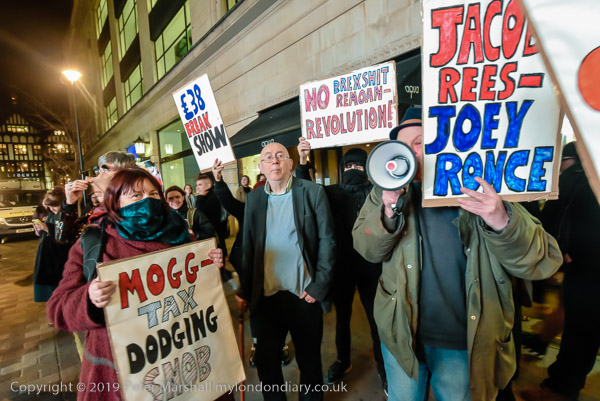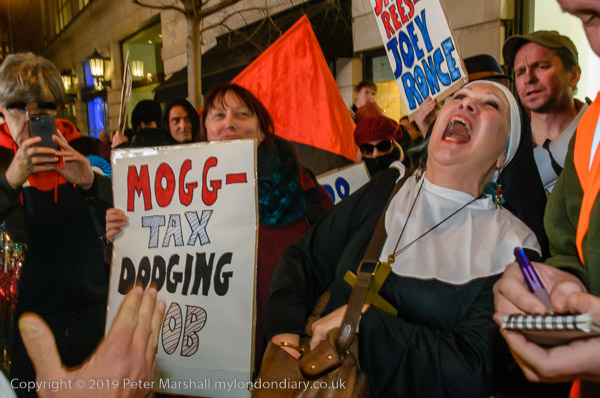It’s a little hard to write about image quality in a blog post, because the quality of reproduction, particularly if like me you restrict yourself to posting 400×600 pixel images is hardly great. And although I use images that size, if you simply view them on the blog post you will be seeing them at only 300×450 pixels if they are in landscape format.
Apart from size, there is also a matter of jpeg compression. To allow pages to load at a reasonable speed I post jpegs with a reasonable amount of compression, and the JPEG algorithms introduce their own artifacts, the quality of the image getting worse as compression increases.
There are now better ways than JPEG to compress images, but JPEG has two big advantages. Firstly that it is a set of methods that anyone can use free of charge, and secondly that it has been pretty universally adopted, which almost any software capable of displaying images can read. So until we get another non-proprietary method which becomes universally adopted we are stuck with it.
Neuran are a company which has developed some very smart software that is supposed to address some of the problems of JPEGs (its also an Anticonvulsant drug, but that’s something quite different) using Deep Neural Networks trained on thousands of real images to enable it to reduce jpeg artifacts and also to scale up images without quality loss.
There have been other methods that have been developed, particularly for scaling up images that have made sometimes extravagant claims in the past, and back in the old days I reviewed some of them, but ended up finding the methods already provided by software such as Photoshop and QImage generally worked as well.
But the examples on the Neuran web site and Neuran’s Instagram feed make it look promising (though their Youtube video lacks any real content) and so I decided to give it a free try – and to sign up for its mailing list to get news of when it launches on Kickstarter. And I took advantage of the web site to get one of my small jpegs enlarged.
The original web image:
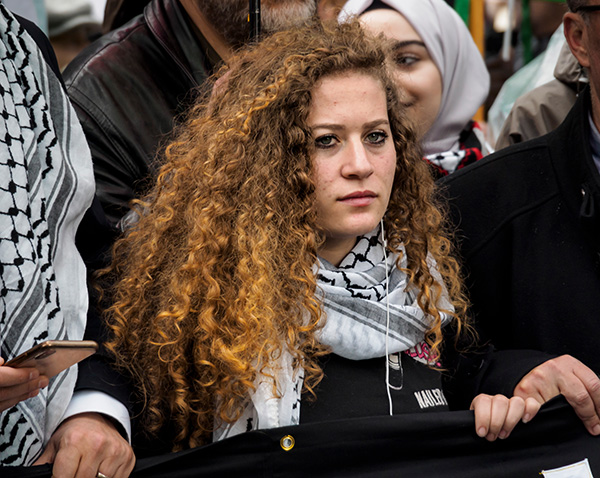
Here’s a detail, enlarged in Photoshop
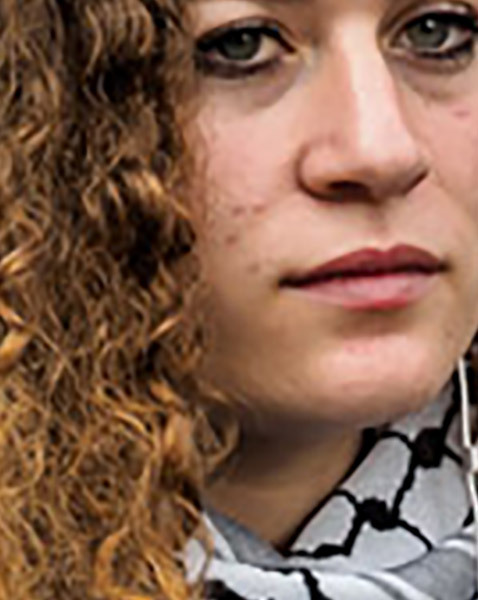
And a similar detail from the Neuran enlarged version

The effect is fairly remarkable, particularly for her hair. Comparing the two the out of focus background is little changed but those parts of subject that are in focus are much sharper.
The whole enlarged file is too large to post here, and the 1:1 detail shows the effect better, but I also reduced the whole enlarged image back to the original I sent to Neuran in Photoshop.
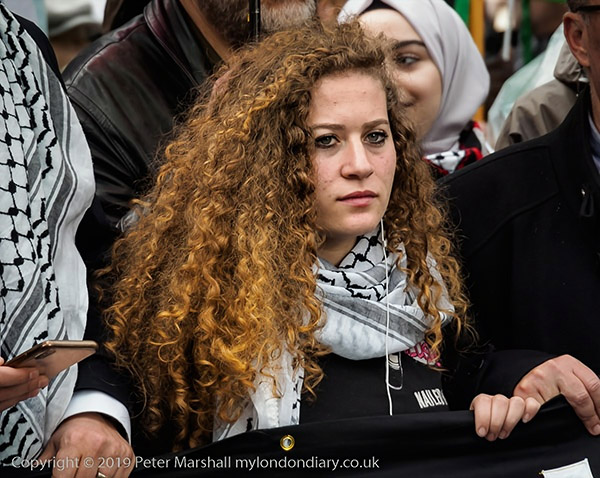
As you can see, both Ahed Tamimi‘s eyes and hair are considerably sharper now. The picture (almost all the four thirds frame) was taken with an Olympus 14-150mm lens at 150mm (300mm equivalent) and at 1/250s wide open, and at the extreme end the lens is not quite as sharp as it might be.
Rather than take my word for it, you can log on to their web site and upload your own image to try Neuran’s processing – and the result will be e-mailed back to you.
Of course, most of my images are large and sufficiently detailed not to need the Neuran treatment, and the software will be of more use to those working on camera phones, but I can see occasions when it could be of great use, and I look forward to seeing more about it on Kickstarter.
There are no adverts on this site and it receives no sponsorship, and I like to keep it that way. But it does take a considerable amount of my time and thought, and if you enjoy reading it, please share on social media.
And small donations via Paypal – perhaps the cost of a beer – would be appreciated.
All photographs on this and my other sites, unless otherwise stated, are taken by and copyright of Peter Marshall, and are available for reproduction or can be bought as prints.
To order prints or reproduce images
